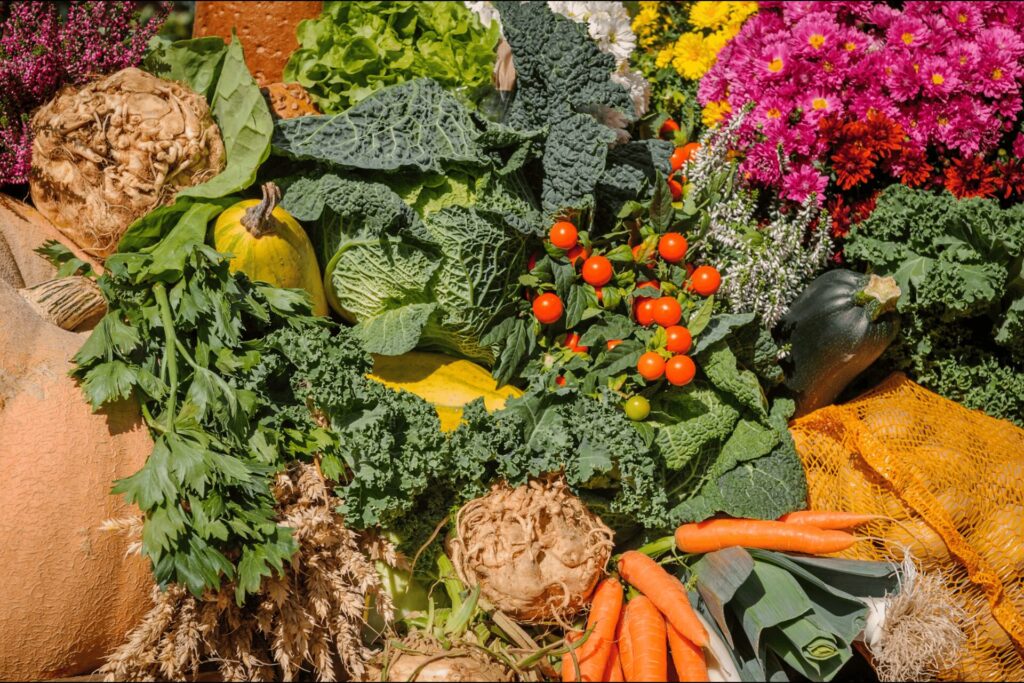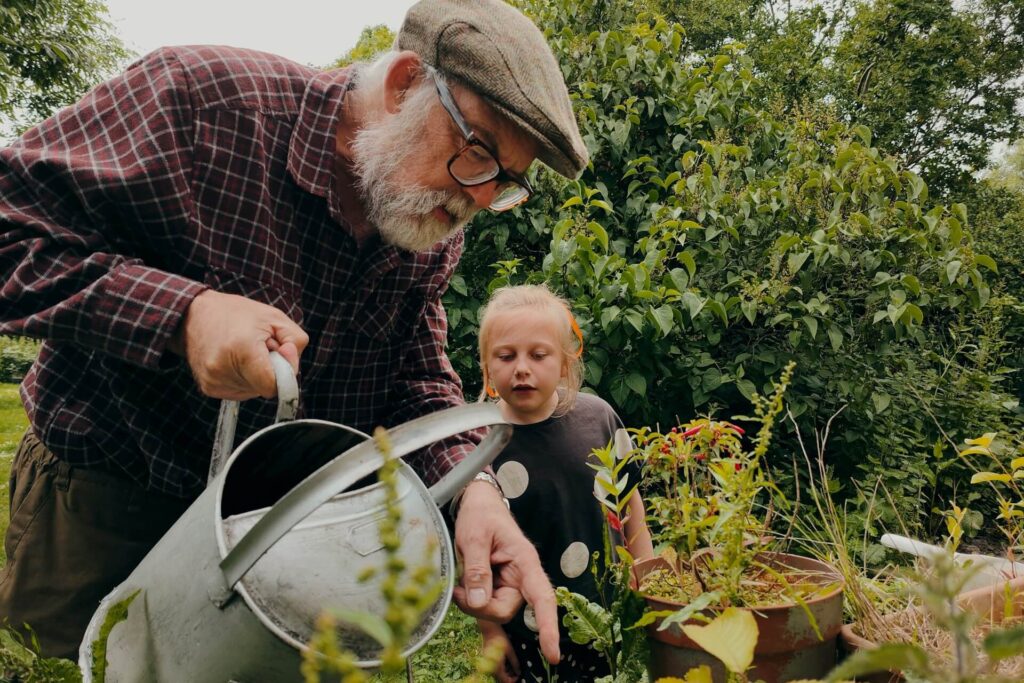
We are reader-supported. When you buy through links on our site, we may earn an affiliate commission.
Urban agriculture is a trend shaping up to be the new normal. Past and ongoing events — such as the pandemic and climate change — have motivated many city dwellers to engage in farming without moving to rural areas and leaving modern conveniences behind. Understand what constitutes urban farming and its many benefits.
What Is Urban Agriculture?
Urban agriculture is the practice of growing food in built environments — such as urban, peri-urban and suburban areas.
City farming often involves small spaces because of the scarcity of undeveloped land available for cultivation and animal husbandry. By default, the scale of urban farm operations is smaller than that of their rural counterparts. People engaging in urban agriculture also contend with graver pollution levels due to higher economic activities.
Urban farming has unique challenges but sparks ingenuity. Technological innovations have given urbanites and suburbanites more latitude in growing crops and raising livestock without the advantages of rural settings.
11 Urban Agriculture Benefits
Urban agriculture benefits people and the environment in various ways. Consider engaging in it for 11 solid reasons.
1. Promoting Food Self-Sufficiency
The sustainability movement has raised awareness of the negative ecological impacts of food production. Environmentally conscious city dwellers embrace urban farming to rely less on industrial agriculture, which is prone to supply chain disruptions due to labor shortages, conflict and other factors.
Learning how to farm is valuable whether you plan to lead a homesteading lifestyle or not. Farming is an essential survival skill. Being food self-sufficient can give you a sense of confidence to get by no matter what happens in the world.
2. Recycling Organic Waste
Planting crops encourages you to compost food scraps, dead foliage, grass clippings. Composting diverts waste from landfills to fertilize urban fields.
3. Encouraging Healthy Eating
City farming is big on organic fertilizers, yielding healthier crops. Producing fresh kitchen staples promotes seasonal eating. Easy access to in-season vegetables and fruits encourages heavy consumption of fresh produce. It diversifies your diet and nutrient intake, allowing you to eat the rainbow every meal.
4. Improving Physical Fitness
Urban gardening is a muscle-strengthening activity that can benefit you significantly when done at least twice weekly. Tilling land works your body’s major muscle groups, giving your arms, shoulders, abdomen, chest, back, hips and legs a workout like lifting weights.
5. Rehabilitating Soil
Farming can have regenerative effects on urban soils. Urban soils are generally unhealthy due to compaction and contamination.
Preparing pockets of unused land around the neighborhood for agriculture by adding organic matter to the soil helps replenish the nutrients in it and improve drainage.

Foot traffic stays away from vegetated urban areas, allowing the soil to remain undisturbed long enough to rehabilitate. The presence of plants’ living roots spurs microbial activity — the beating heart of the soil ecosystem. No-till urban farming methods help prevent soil erosion.
6. Conserving Native Biodiversity
Outdoor city farms attract pollinators like butterflies, making it easy to grow different plants and achieve floral biodiversity. These green spaces magnetize pests, and so do natural predators that keep their numbers in check.
7. Reducing Air Pollution
Locally unavailable goods reach grocery stores and pantries through freight transportation, which almost exclusively runs on fossil fuels, particularly oil and gas. Growing crops your climate permits for personal consumption helps reduce demand for imported vegetables, fruits, herbs and spices — and the pollutant emissions associated with them.
Moreover, greenery combats particle pollution because particulate matter adheres to plant surfaces. Roadside vegetation filters out contaminants and improves outdoor air quality.
8. Decreasing the Heat Island Effect
Green infrastructure keeps outdoor surface and air temperatures cooler.
Plants remove heat from the air to fuel evapotranspiration — the process where they absorb water from the soil through their roots and release it as vapor through their leaves.
Tree canopies provide shade and absorb considerable solar radiation — heat from the sun that can render urban areas 27 degrees warmer than the surroundings.
The higher the urban tree cover, the naturally cooler the environment and the lower the properties’ cooling loads are. Lower cooling loads allow HVAC systems to work more efficiently and lessen pressure on the grid during peak demand for electricity.
9. Minimizing Stormwater Runoff
Cities with urban farms are more flood-resilient and less susceptible to stormwater pollution. Vegetated areas retain rainwater and lessen runoff, which picks up contaminants along the way and taints local waterways.
Urban agriculture emphasizing native plants reduces the likelihood of soil erosion. Native species have deeper root systems that hold the soil and absorb toxins from rainwater to boot.
10. Mitigating Climate Change
Green spaces — like bamboo forests — sequester tons of carbon by turning carbon dioxide into food. Urban farms prevent this abundant greenhouse gas from entering the atmosphere and worsening climate change.

Household- and community-level agricultural practices allow you and your neighbors to source food locally and make a dent in the transportation sector’s greenhouse gas emissions.
11. Stimulating Socialization
Farming can promote a sense of community and drive residents to band together to realize the collective, tangible benefits of urban agricultural projects.
City farming is a productive bonding activity between parents and children. Exposing your kids to this socially responsible endeavor can help their development and interest them in STEM fields, raising the next generation of eco-warriors.
Urban Agriculture Examples
Only some city farms resemble rural agricultural operations. The most common examples of urban agriculture include:
- Backyard gardens: Portions of back and side yards used for agriculture.
- Keyhole gardens: Small, circular, nutrient-dense raised gardens with a notch designed to accommodate a compost bin and grow various crops in areas with infertile soils.
- Community gardens: Communal farms tended by neighborhood residents whose harvests everyone can enjoy.
- Forest gardens: Farms within urban forests to discourage deforestation or support afforestation efforts.
- Green walls: Vertical farms situated on the sides of properties in built-up areas where natural space is scarce.
- Rooftop farms: Farms ranging from rows of raised beds for horticulture to intensive green roof systems.
- Hydroponics: The practice of growing crops on a water-based nutrient solution instead of soil.
- Greenhouses: Enclosed, climate-controlled facilities optimized for growing crops year-round.

Urban Agriculture Has Plenty of Room for Growth
City farming is flourishing but still a seedling in agricultural terms. Challenges exist and will likely persist. Local governments should step up to create more desirable conditions to entice more people to engage in local food production. Real estate developers should consider urban agriculture in mind when designing properties, building neighborhoods and shaping communities to mitigate the impact of urban sprawl.







